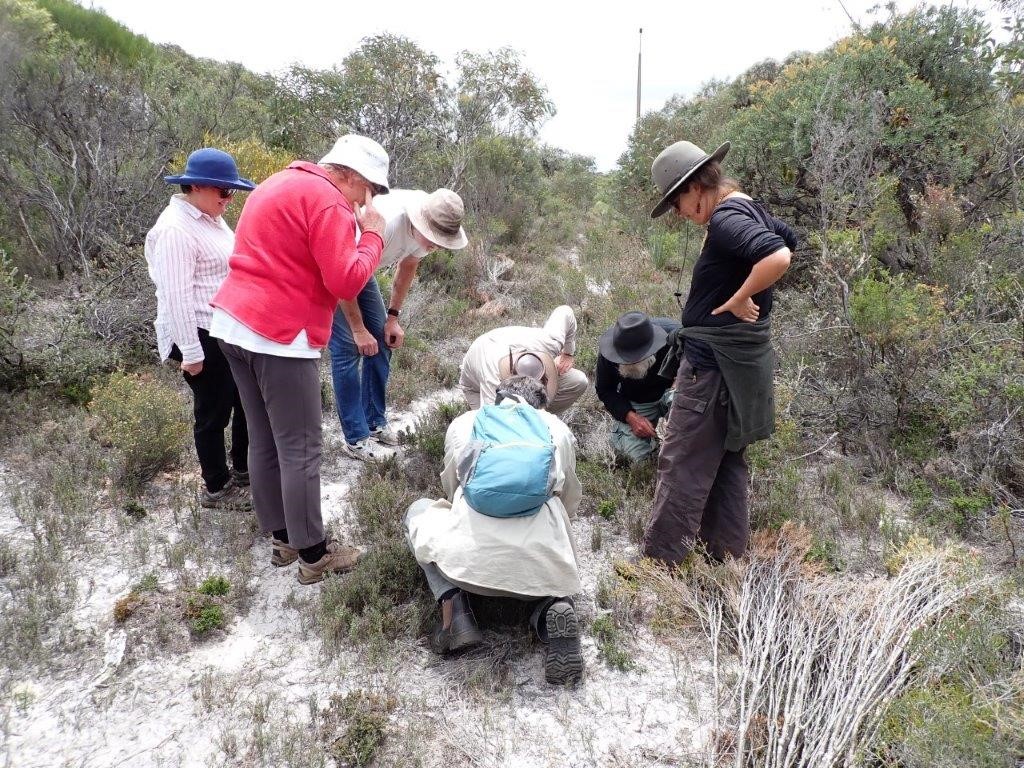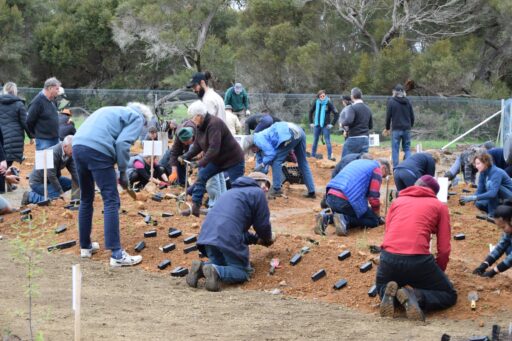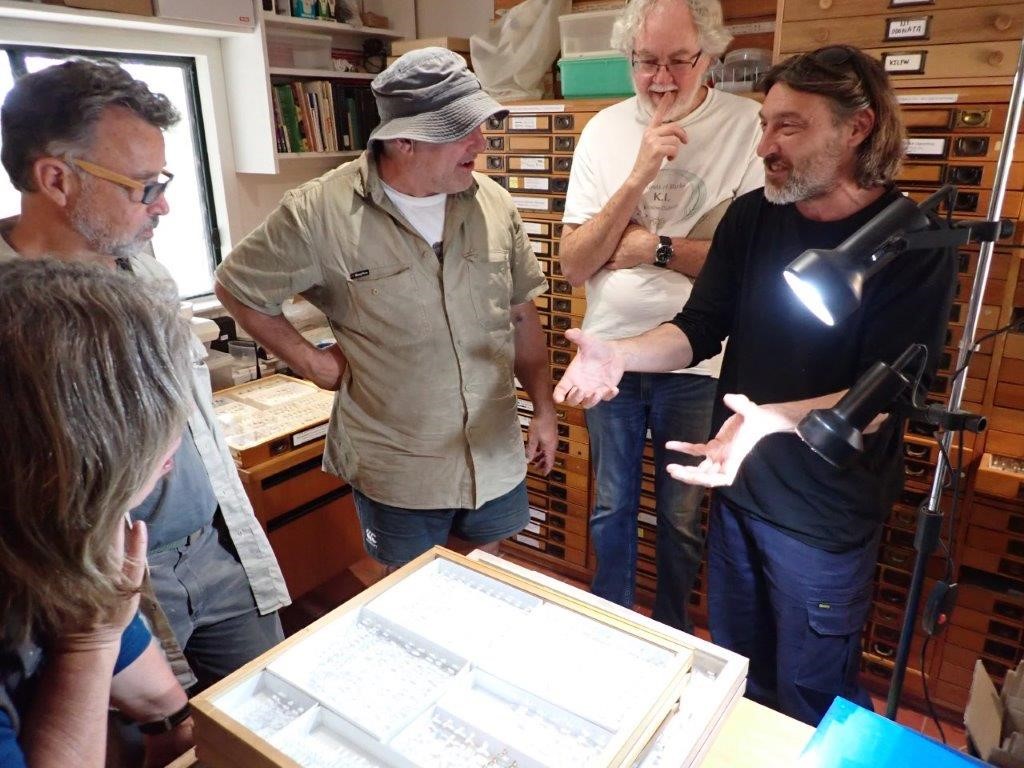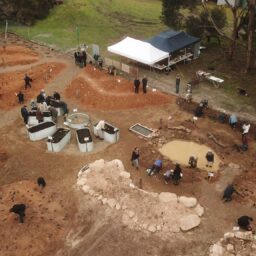



Kangaroo Island flora back from the brink thanks to the Landcare-led Bushfire Recovery Grants Program
 Biodiversity
Biodiversity Funding
Funding People and Volunteers
People and Volunteers
A host of Kangaroo Island’s threatened native plants are on the road to recovery following the completion of the Nature Conservation Society of South Australia’s (NCS) Landcare Led Bushfire Recovery Grants funded project.
The Community-Led Fire Recovery Initiative For Kangaroo Islands’ Threatened Flora project has seen NCS come together with seven partner groups to ensure the survival of species including Saddleleaf Phebalium (Endangered), Kangaroo Island Logania (Vulnerable) and Broad-leaved Woodruff (Vulnerable).
With the support of partners including SA Seed Conservation Centre, the Biological Society of South Australia and Firesticks Alliance, NCS developed a citizen data portal, held 21 community field days and worked with partners and volunteers to collect a substantial volume of plant material to mitigate against extinction risks.

“The project has been an overwhelming success not only in its environmental outcomes but in activating the community, building resilience and safeguarding the Islands flora against future bushfire events,” said NCS CEO Kirsty Bevan.
“We’ve already seen improvements to the condition of the Emu Bay dune system, and the immensely popular Threatened Flora Seed Production Garden initiative is well on the way to establishing key vegetation communities that will allow seed collection, translocations, supplementation, and “banking” for future use,” said Ms Bevan.

But the project hasn’t always been smooth sailing- due to competition from weeds, roadworks and flooding in early 2022, species including Prickly Grevillea (Vulnerable) and De Mole River Correa (Endangered) have struggled to recover at some sites.
“There have definitely been some challenges we’ve had to overcome and improving the outcomes for these species is ongoing- but that is why this project has been so important. By allowing us to identify threats early on we can take appropriate action to improve conservation outcomes and share this knowledge with the wider community,” said Landcare Association of SA Project Officer Deb Laver who was actively involved in the recovery efforts.
“Like many landcare groups across Australia we’ve also had to grapple with destructive flooding. While this has been a definite setback, the silver lining is that it has enabled further understanding of additional climate impacts on target species and reinforced the importance of weed management, fencing, seed banking and translocation in conservation strategies,” said Ms Laver.

Despite the challenges, Executive Officer of the Landcare Association of South Australia, Dr Eleanor Pratt, said because of the enthusiasm of the local community to continue to grow the project’s impact, she couldn’t be more pleased by the results.
“This project really speaks to the findings of a recent University of Melbourne study into the social impacts of post-disaster environmental work that suggest landcare-led projects provide key benefits to fire affected communities by building resilience and stronger connections,” said Dr Pratt.
“It has been wonderful to see the depth of public participation and engagement in this project. It has given the Kangaroo Island community knowledge and skills that they will continue to use long after the project has concluded, ensuring that the recovery of important threatened flora will continue on the Island.”
The fantastic accomplishments of the Nature Conservation Society of South Australia’s project and the wider Landcare Led Bushfire Recovery Grants Program have highlighted the value of local environmental protection projects in supporting the recovery of bushfire-affected communities and critical habitat. The success of this landcare-led model shows our movement is well placed to be on the front lines when tackling future natural disasters.

The Landcare Led Bushfire Recovery Grants Program is a $14 million program funding community-driven projects across bushfire affected areas of Queensland, New South Wales, the Australian Capital Territory, Victoria and South Australia. Together the 111 projects funded by the Program benefitted over 100 federal and state listed threatened species and ecological communities, including 16 mammal species, 16 bird species, 9 frog species, 34 plant species and 16 threatened vegetation communities.
Supported by the Australian Government’s Bushfire Recovery Program for Wildlife and their Habitat, the Landcare Led Bushfire Recovery Grants Program is managed by a partnership between the National Landcare Network, Landcare Australia and the Peak Landcare State and Territory Landcare organisations.
For further information, visit the Program Website: https://landcareledbushfiregrants.org.au/
All photo credits: Nature Conservation Society of SA


